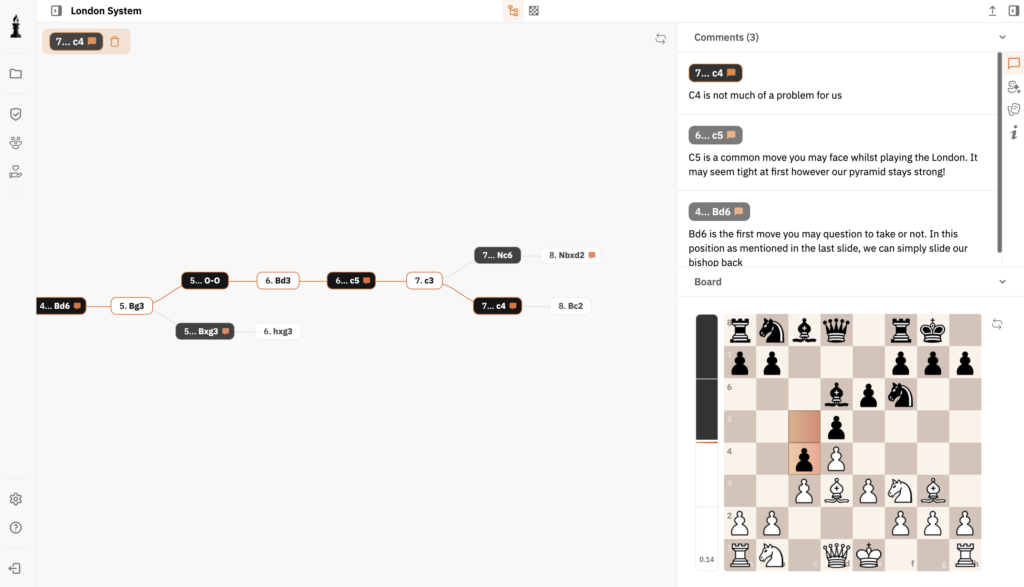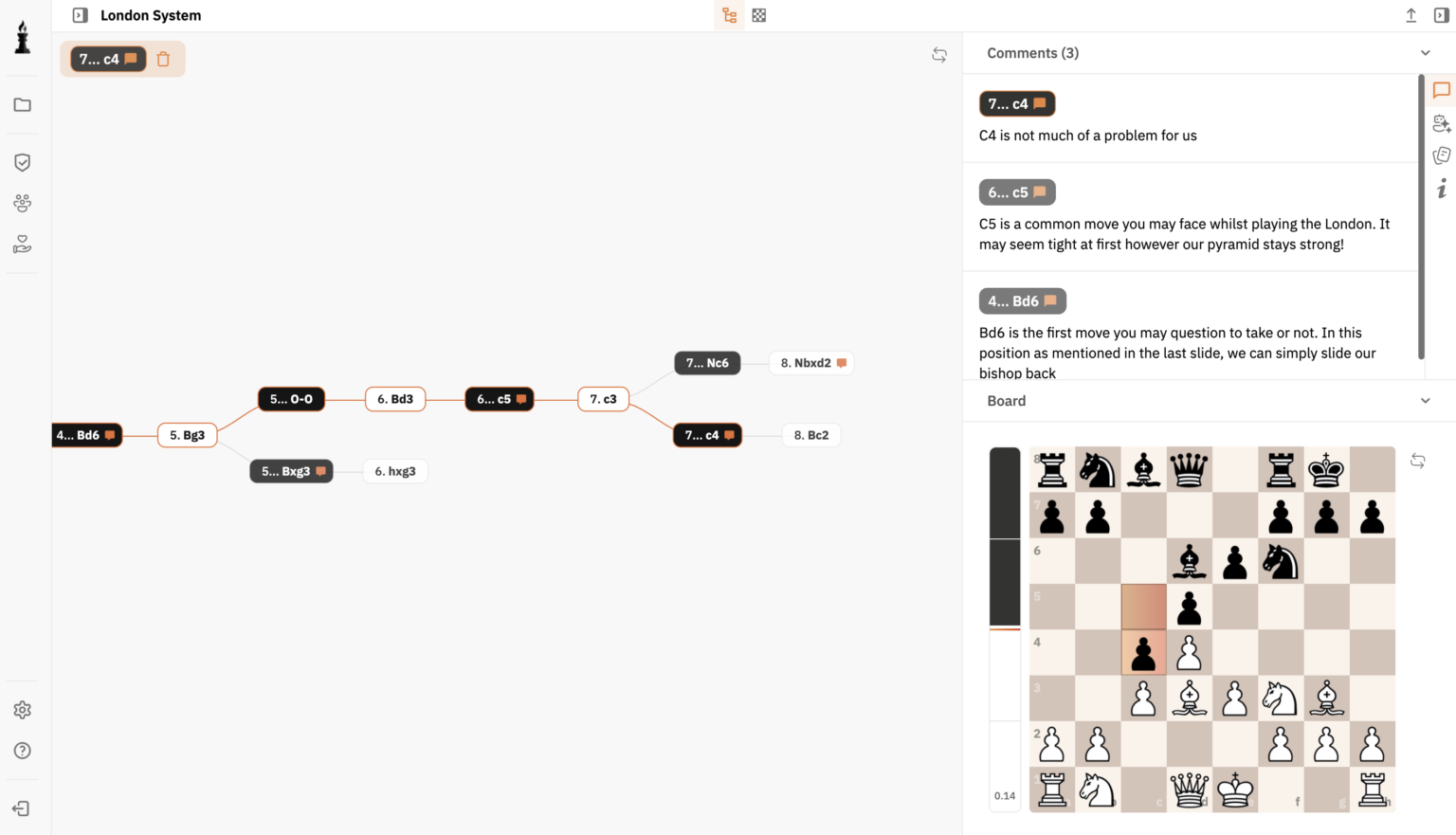Understanding Fundamental Chess Strategies
Chess is not just a game of tactics, but a sophisticated battle of strategy. Understanding some fundamental strategies can significantly improve your gameplay. Here, we’ll explore pivotal concepts that every chess player should know.
The Importance of Central Control
The center of the board is a critical area in chess strategy. Controlling the center allows your pieces greater mobility and positions them to quickly respond to threats or launch attacks. Opt for openings that reinforce central control, such as the classic e4 and d4 openings.
Developing Pieces Effectively
Rapid development can lead to strong positions early in the game. Strive to develop all your pieces quickly and efficiently, aiming for dominant positions that control significant portions of the board. Avoid moving the same piece multiple times in the opening unless absolutely necessary.
King Safety
An often underestimated aspect is ensuring king safety. While an early castling might seem defensive, it is an essential strategic move that connects your rooks and secures your king. Keep in mind that neglecting king safety can lead to checkmate situations or significant material loss.
Balanced vs Imbalanced Positions
Understanding the concepts of balanced and imbalanced positions is crucial in advancing your game. A balanced position means both sides have equal material and similar piece activity. In contrast, imbalanced positions create dynamic play, requiring one to assess positional and tactical resources for an advantage.
Exploiting Weaknesses
Identifying and exploiting weaknesses in your opponent’s position is a key part of strategy. Whether it’s an isolated pawn or a weak square, make your plans around these elements. Oftentimes, creating weaknesses can help tilt the balance of a game in your favor.
Pawn Structures
Pawn structure often dictates the style of play. For instance, locked pawn chains call for a strategic maneuvering game, while open positions tend to favor tactical battles. Keep your pawn structure in mind when formulating long-term plans.
ChessFlare Tools to Enhance Strategy
Exploring advanced chess strategies can be further enhanced using tools from ChessFlare. Whether it’s analyzing games with the Chess PGN Editor or using the Online Chess Database to study historic games, these resources are invaluable.
The Chess Games Analysis tool allows you to reflect on your past games and strategize better for future matches. Additionally, the Opening Repertoire supports you in memorizing and executing openings conducive to strong strategic play.
Conclusion
Mastering fundamental strategies and utilizing tools like those offered by ChessFlare can significantly enhance your chess experience. By focusing on key concepts such as central control, king safety, and balanced play, your understanding of the game will deepen, leading to more informed decision-making during play.
Pawn structure defines the strategy in a game of chess, as it influences weaknesses and strengths. Understanding it helps in formulating effective plans.
Tools like the ChessFlare Chess Games Analysis and Online Chess Database can help review games and identify strategic improvements.
Controlling the board’s center allows pieces maximum mobility, facilitating both offense and defense, and is essential for strategic dominance.
Identify weaknesses such as isolated pawns or weak squares, then develop strategies to occupy or attack these areas to gain an advantage.





